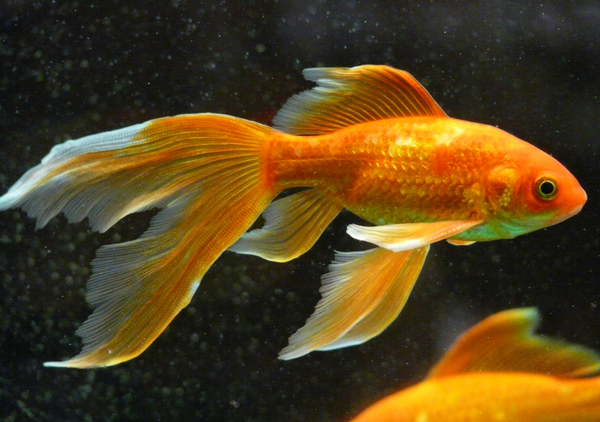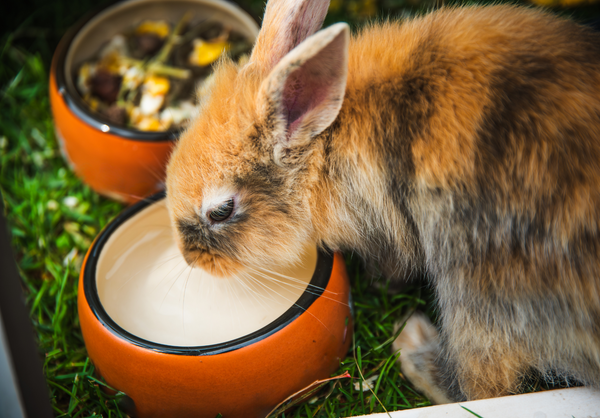Having algae pop up in your tank can be concerning depending on the variety and the severity of the problem. While having an algae-free tank is a goal for many, it is unfortunately impossible to truly achieve. Algae is a simple organism, able to thrive in less-than-ideal conditions; it plays a beneficial role in our aquariums when in “normal” quantities. Much like plants, algae rely on photosynthesis and nutrients in the tank to grow. At regular levels, they provide food opportunities for fish, snails, bacteria, and other organisms in your tank, and they can help keep nutrient levels more stable.
Algae can easily become a problem in an aquarium, but those annoying blooms and problem algae in our aquariums can be great indicators of issues in the tank. Algae thrives most when you have imbalances in the tank. These imbalances can almost always be traced back to issues in photoperiod, nutrient levels, or other changes made (or not made) to the tank. These blooms make an awesome learning experience for hobbyists, especially when it comes to learning how to tackle the problem and help prevent it in the future.
Each type of algae has different causes and different ways to “eliminate” it. When dealing with algae issues, the first things to check are nutrients and lighting. Excess nutrients and long photoperiods are ideal conditions for algae to grow out of control. If you’re dealing with a bloom of algae, the first places to look will be nitrates, phosphates, and lighting. Nitrates and phosphates are readily consumed by algae to fuel their growth, and if you have a long photoperiod it gives them even more time to eat and reproduce. Once you find a balance between nutrients and lighting, an algae balance will typically follow suit.
What are the most common types of algae in our tanks? Why do they pop up, and what’s the best way to deal with them?
- Diatoms: Diatoms are dusty brown algae (sometimes green) that coat pretty much all aquarium surfaces. They’re caused by excess silicates and phosphates and are common in new tanks. They typically clear up over time on their own, especially with regular water changes. Live plants also help quickly reduce these algae. Nerite snails and Otocinclus are great for eating Diatoms.
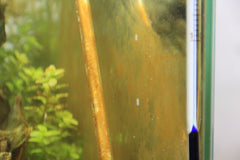
- Black Beard Algae: BBA is problematic and unsightly as it grabs a tough hold on porous surfaces and can quickly overtake a tank. Many things can cause it, making it tougher to deal with. The most tried and true methods for handling it are liquid carbon dosing and hydrogen peroxide dips for chemical approaches. Natural approaches are manual removal or utilizing Amano shrimp, Siamese algae eaters, or Florida flagfish and mollies.

- Hair Algae: There are many different forms of hair algae, and they are typically a good indicator of excess nutrients (such as iron) and too much light. They could also indicate a lack of nutrients in the tank and a long photoperiod. Decreasing lighting, manually removing the algae, and adding critters that eat BBA can help manage it.
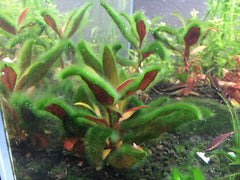
- Green Spot Algae: GSA are those small stubborn green spots that grow on glass, plants, and décor, and take a lot of force or a razor blade to remove. Typically, they’re an indicator of too much light and phosphate. Luckily, nerite snails are awesome for eating it.
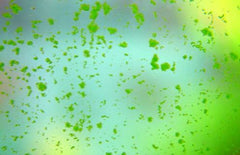
Now that we can see the correlation between excess light and nutrients to large amounts of algae, how do we find the balance? The first places to look are the number of livestock in your tank and the amount you’re feeding them. If both of those are high, consider reducing your stocking, feeding less, or increasing water changes. Lighting is a little harder to work with as there are lots of variables such as light intensity, duration, and whether you have live plants in the aquarium. Without live plants, four to six hours of light are typically more than sufficient. With live plants in the tank, typically anywhere from six to eight hours are plenty—this will vary based on plants kept and light intensity. Many of us tend to run our tank lights for ten to twelve hours a day, which is not necessary and helps fuel the algae.
Algae can be annoying, but it plays an important role in the ecosystems we contain in boxes of water. A great indicator of water parameter issues or instability, it can be a great teacher on where we can improve in our aquarium husbandry as a hobbyist.



